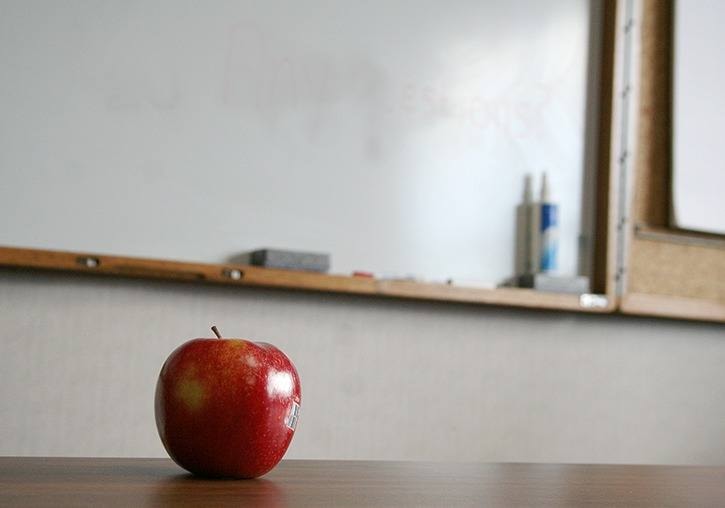Prince Rupert teachers want extra in-class assistance for the students who need it.
The Prince Rupert District Teachers' Union (PRDTU) sent a letter to Prince Rupert School District (SD52) board of education in April outlining its concern with students who require additional support to be successful in their learning.
"This was a formal way of bringing some of the concerns that are happening in our classrooms to trustees," said Kathy Murphy, president of the PRDTU, adding it was a way to start dialogue.
The PRDTU said by having a ministry designation, students needing extra assistance will have an Individual Education Plan (IEP) in place ensuring forms of support are available. In the letter Murphy said some students have to wait years to be identified.
"Many children, including some who have been assessed, are working significantly below grade level and do not have a designation," said Murphy.
The letter states "there are approximately twice the number of these 'grey area' students as students designated with special needs, yet there is no official recognition or plan of support for these vulnerable students". Murphy said this estimation comes from an article published in a 2006 edition of Teacher Newsmagazine on "grey-area" students, written by the presidents of three B.C. Teachers' Federation provincial specialists associations.
By doubling the 260 students who had a ministry designation, the PRDTU estimates there were 520 "grey area" of 2,103 overall students in the 2013/2014 school year.
Superintendent Sandra Jones provided a report on the subject to trustees in June.
"The notion that we're not supporting students is just wrong," she said.
Jones reviewed the tiers of interventions in SD52, the first being school-wide supports that she said help 80 per cent of kids, including teaching practices like self-regulation, student profiles in combination with initiatives that embrace a diverse learning environment, assessment for learning, as well as collaboration and co-teaching.
Students with specific challenges get targeted assistance through learning resource teachers, and if they are unable to provide help the district principal of student support services will obtain additional community resources.
"In terms of the "grey area" students, I have to say this is not a recognized ministry category ... I refuse to describe a student that way," she said, noting labels can become a noose around students necks.
Murphy said that SD52 tries to provides as much in-class support as it can, but said the issue is provincial government funding isn't covering all the methods of support that are needed, like additional educational assistants (EA) or teachers.
"If a child is designated with a learning disability ... sometimes they can piggyback extra help through educational assistants because there's other children who generate them in their class. But often those kids don't generate an EA because the ministry changed some of the funding formulas in how kids qualify for extra support. It's more about money than intent on anyone's part," she said.
Jones said while there isn't an EA in every Prince Rupert classroom, there are a lot. She added the district will see an increase in educational assistants in the future when more learning improvement funds come in.
